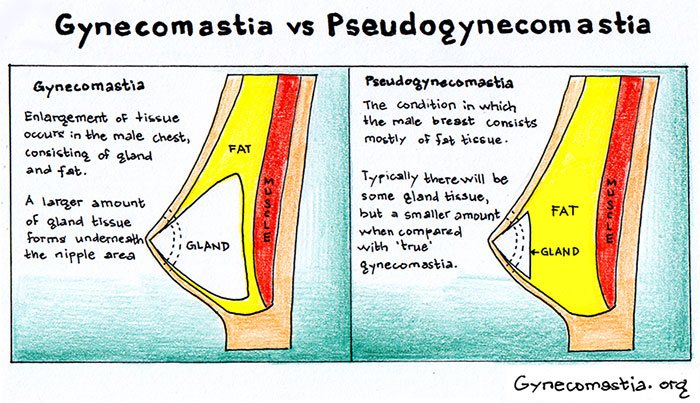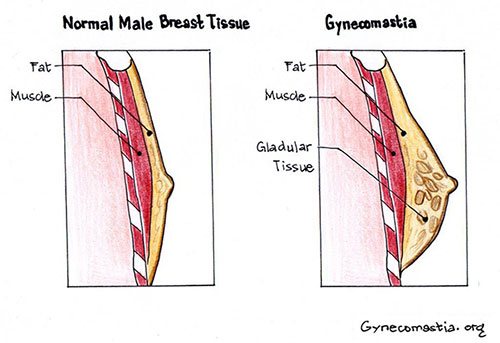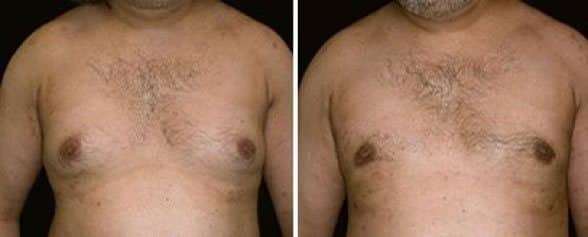Contact Us
 Dr. Delgado is a highly skilled surgeon specializing in gynecomastia surgery. Dr. Delgado has committed a significant amount of his practice to the care and education of men and boys with gynecomastia. Dr. Delgado’s practice philosophy is to provide the highest quality of patient care to the people who seek out his professional services. Dr. Delgado and his staff are committed to understanding their patients' concerns, educating them on their options, and executing the best surgical outcome for each patient. Dr. Delgado is the new owner of Gynecomastia.org since 2010. He has dedicated a significant part of his life and practice to improving the Gynecomastia.org community.
Dr. Delgado is a highly skilled surgeon specializing in gynecomastia surgery. Dr. Delgado has committed a significant amount of his practice to the care and education of men and boys with gynecomastia. Dr. Delgado’s practice philosophy is to provide the highest quality of patient care to the people who seek out his professional services. Dr. Delgado and his staff are committed to understanding their patients' concerns, educating them on their options, and executing the best surgical outcome for each patient. Dr. Delgado is the new owner of Gynecomastia.org since 2010. He has dedicated a significant part of his life and practice to improving the Gynecomastia.org community.

What Is Pseudogynecomastia?
Pseudogynecomastia involves excess fat tissue growth in the chest area in men. It’s similar but distinct from true gynecomastia, which can arise at nearly any age.
Five key differences between gynecomastia and pseudogynecomastia are:
| Gynecomastia | Pseudogynecomastia |
|---|---|
| Enlargement is caused by breast glandular tissue and can also have a fatty tissue component | Enlargement is only caused by fatty tissue |
| The tissue is firm | The tissue is soft and pliable |
| The individual is usually a healthy weight | The individual is overweight |
| Breast tissue can feel tender and painful | Breast tissue is not tender or painful |
| Breast size does not significantly fluctuate with weight gain or loss | Breast size significantly fluctuates with weight loss or gain |
What Causes Pseudogynecomastia?
Pseudogynecomastia is caused by weight gain or hormone fluctuations, resulting in fat accumulation in the chest area. Weight gain can be attributed to several causes, including:
-
Genetic traits
-
Certain medical conditions
-
When injury or illness prevents a healthy lifestyle
-
Overeating
Treatment for Pseudogynecomastia
Healthy weight loss through a sensible diet and exercise is the first line of treatment for pseudogynecomastia. Weight loss can be difficult for some men due to a medical condition or other contributing factors. Some overweight men resort to a gastric bypass procedure or other less invasive techniques, such as liposuction.
Surgical Options for Pseudogynecomastia
Frequently, diet and exercise fail to eliminate excess breast tissue. In such cases, gynecomastia surgery is an appropriate option to treat gynecomastia in all its forms. Unlike with true gynecomastia, pseudogynecomastia symptoms do not include enlarged breast glandular tissue. This is why grade 1 and sometimes grade 2 pseudogynecomastia may be successfully treated with liposuction alone. Grade 3 and 4 pseudogynecomastia will also require additional skin excision to create a tight contoured chest.
Liposuction is considered the gold standard procedure for minimally invasive fat reduction and is also known as liposculpture and body contouring.

Liposuction for Treating Pseudogynecomastia
There are various types of liposuction. The most commonly used to reduce enlarged breasts in men caused by fatty tissue is tumescent liposuction. This technique involves injecting a solution to help expand the area being treated and make it easier to suction away the fat cells without causing damage to the surrounding tissues.
What Happens During a Liposuction Procedure?
Prior to liposuction, your surgeon will discuss anesthesia options. These include general anesthesia or local anesthesia with or without IV sedation. The type of anesthesia will also depend on the volume of fat being removed, the number of areas treated with liposuction, and your own preference. In general, liposuction is performed with local anesthetic and IV sedation.
If a general anesthetic is required, a qualified anesthetist will remain present during the procedure. When local anesthetic (with or without IV sedation) is used, this is injected into the area being treated by the surgeon performing the liposuction procedure.
When you are under the general anesthetic or the area becomes completely numb following administration of the local anesthetic, a minimal incision (2-3mm) is made, and a solution is injected into the area being treated. The solution contains a drug, such as lidocaine, for pain control or epinephrine to reduce the bleeding.
A hollow cannula connected to a tube attached to a suction machine is carefully inserted. The fat is meticulously suctioned out, and the surgeon evaluates the fat reduction and skin thickness to achieve a smooth, contoured result. The incision is then either glued or sutured. The patient is monitored for a few hours and sent home when they can get up and walk around.
It will take a few weeks to notice the liposuction results, although a difference can normally be seen on the day of the procedure. The improved chest contour will be apparent when the swelling and fluid retention that commonly follow liposuction subside. Typically, this will take around 12 weeks.
Am I a Good Candidate for Liposuction?
Not everyone is a good candidate for liposuction as a gynecomastia treatment. The ideal candidate will have:
- Good skin quality
- A healthy and stable weight, within 30% of their ideal body mass index (BMI)
- No medical conditions that could impair healing
- Specific and realistic goals and expectations
In some cases, men with poor skin or excess skin will require male breast reduction surgery for pseudogynecomastia, especially men with massive weight loss.
Liposuction is not an alternative for weight loss, and the maximum volume of fat that can be safely removed is limited to four liters, the equivalent of around six kilos. If you are overweight, you’re likely to notice very little difference following liposuction. It is better to lose weight through a healthy lifestyle or consider weight loss surgery, such as a gastric band or bypass.

Gynecomastia Surgery
Treatment of true gynecomastia always requires surgery and can not be successfully treated with liposuction alone. This is because it is not possible to remove the excess glandular tissue that causes true gynecomastia symptoms through liposuction, but rather requires surgical excision techniques.
For personalized information about gynecomastia plastic surgery procedures, please complete Dr. Delgado’s inquiry form.
Miguel Delgado, M.D., F.A.C.S is a world-renowned Board-Certified Plastic Surgeon granted by the American Board of Plastic and Reconstructive Surgery and a member of the American Society of Plastic Surgery and Aesthetic Society. Dr. Delgado has a surgical practice solely dedicated to cosmetic plastic surgery. He specializes in gynecomastia surgery and is the medical director of Gynecomastia.org, the oldest and largest gynecomastia forum dedicated to supporting, educating, and providing solutions for men with breast enlargement. Dr. Delgado celebrates 30 years of practice in San Francisco, California. He was voted the “Best Plastic Surgeon of 2017-2021”.
Gynecomastia.org does not provide medical advice, treatment, or diagnosis.
©Copyright 2020 Gynecomastia.org. All rights reserved. Use and access to this site are subject to the terms and conditions as set out in our Legal Statement and Privacy Statement.
The content on Gynecomastia.org is for educational purposes only. It is not intended as medical advice. It does not replace the need to meet with a physician who will accurately diagnose your condition and suggest treatment options.

